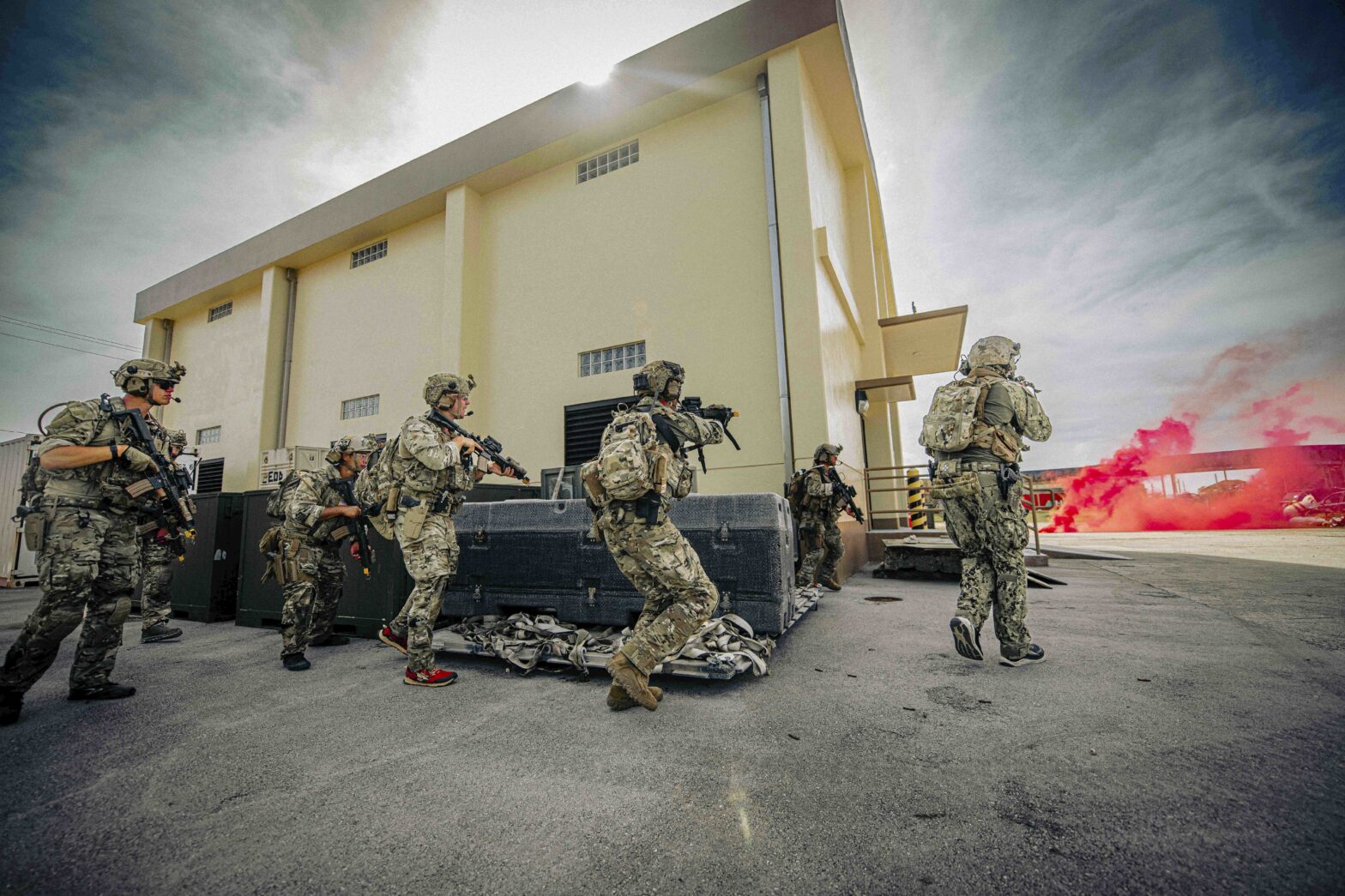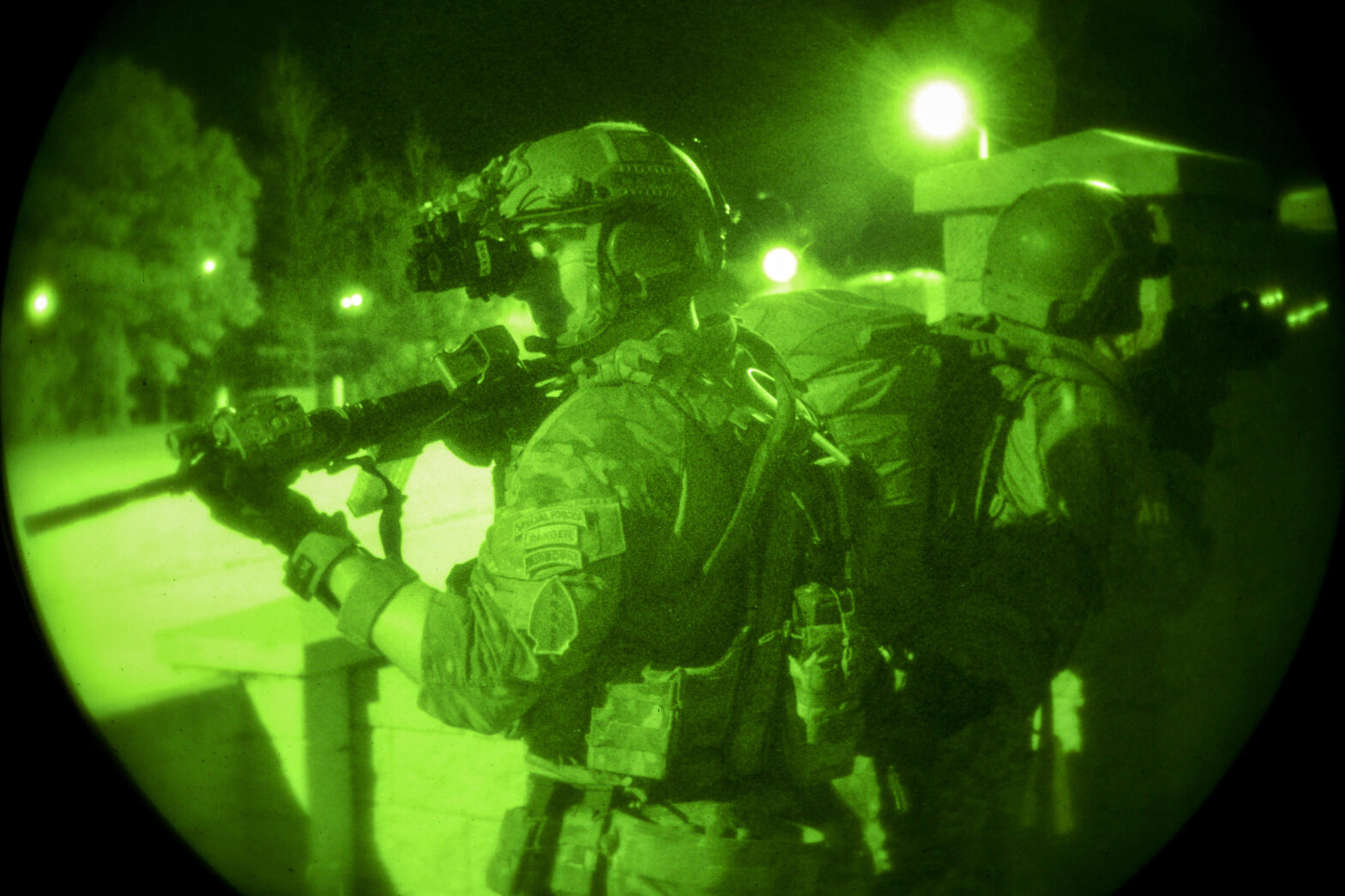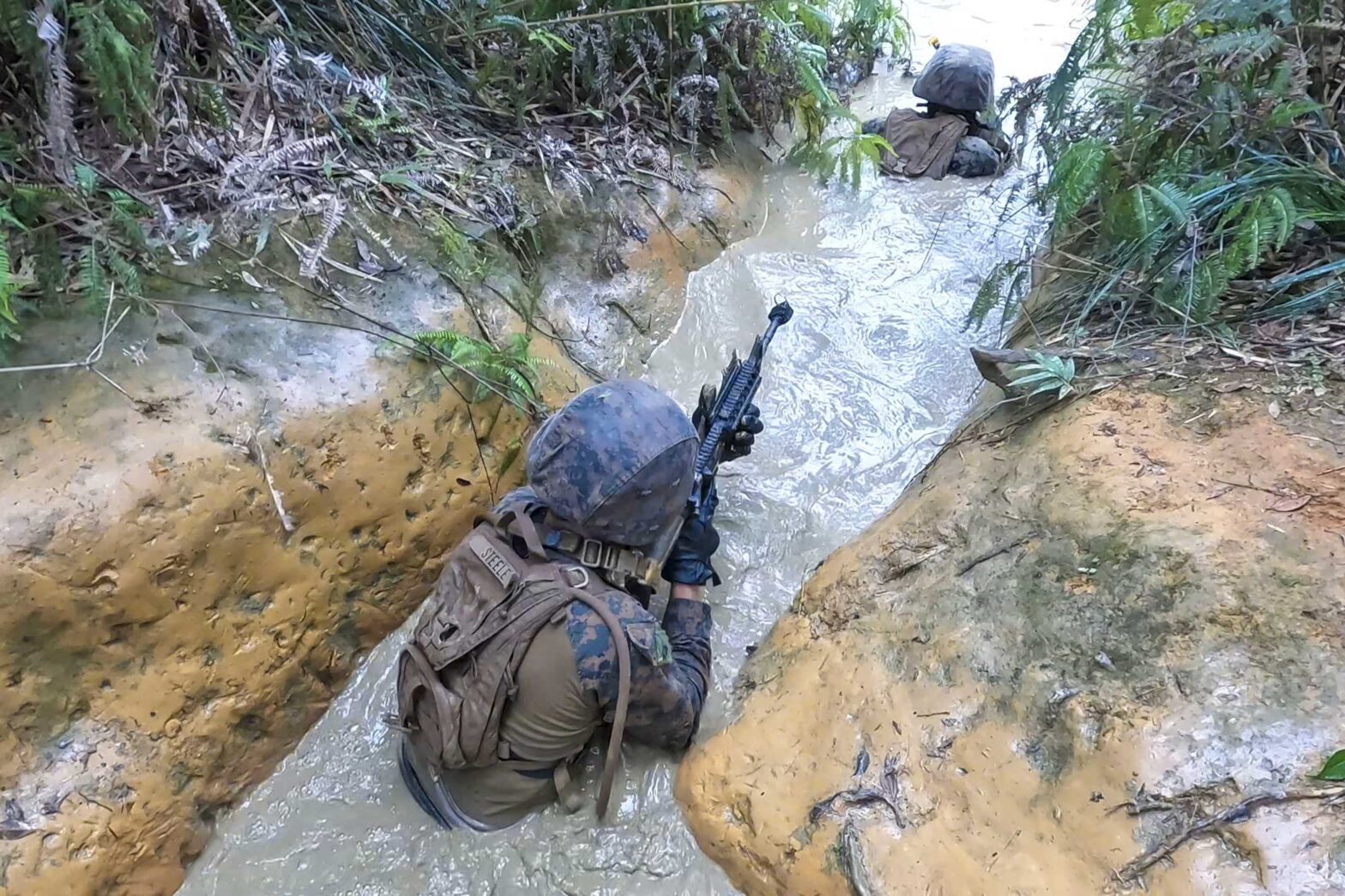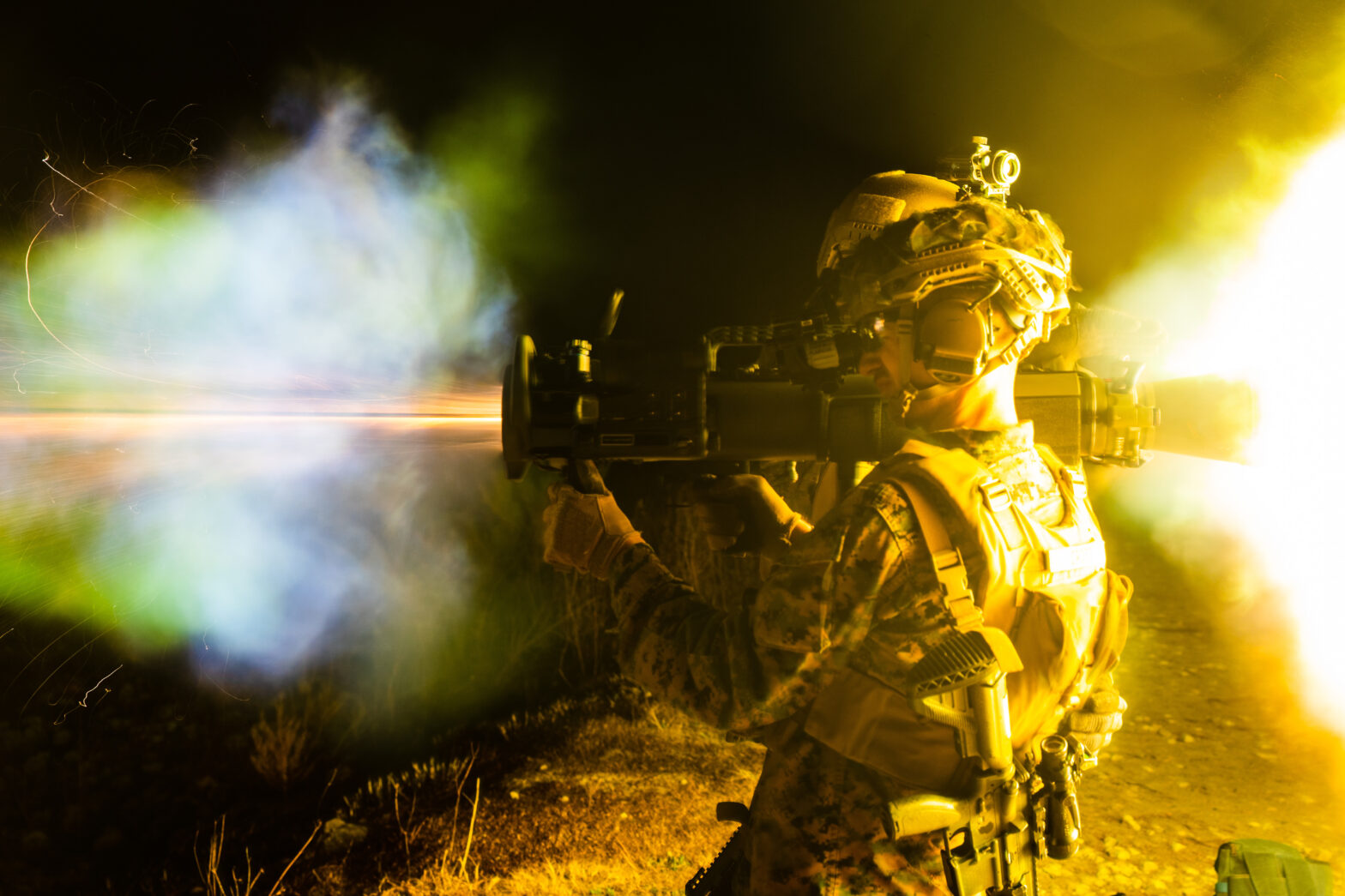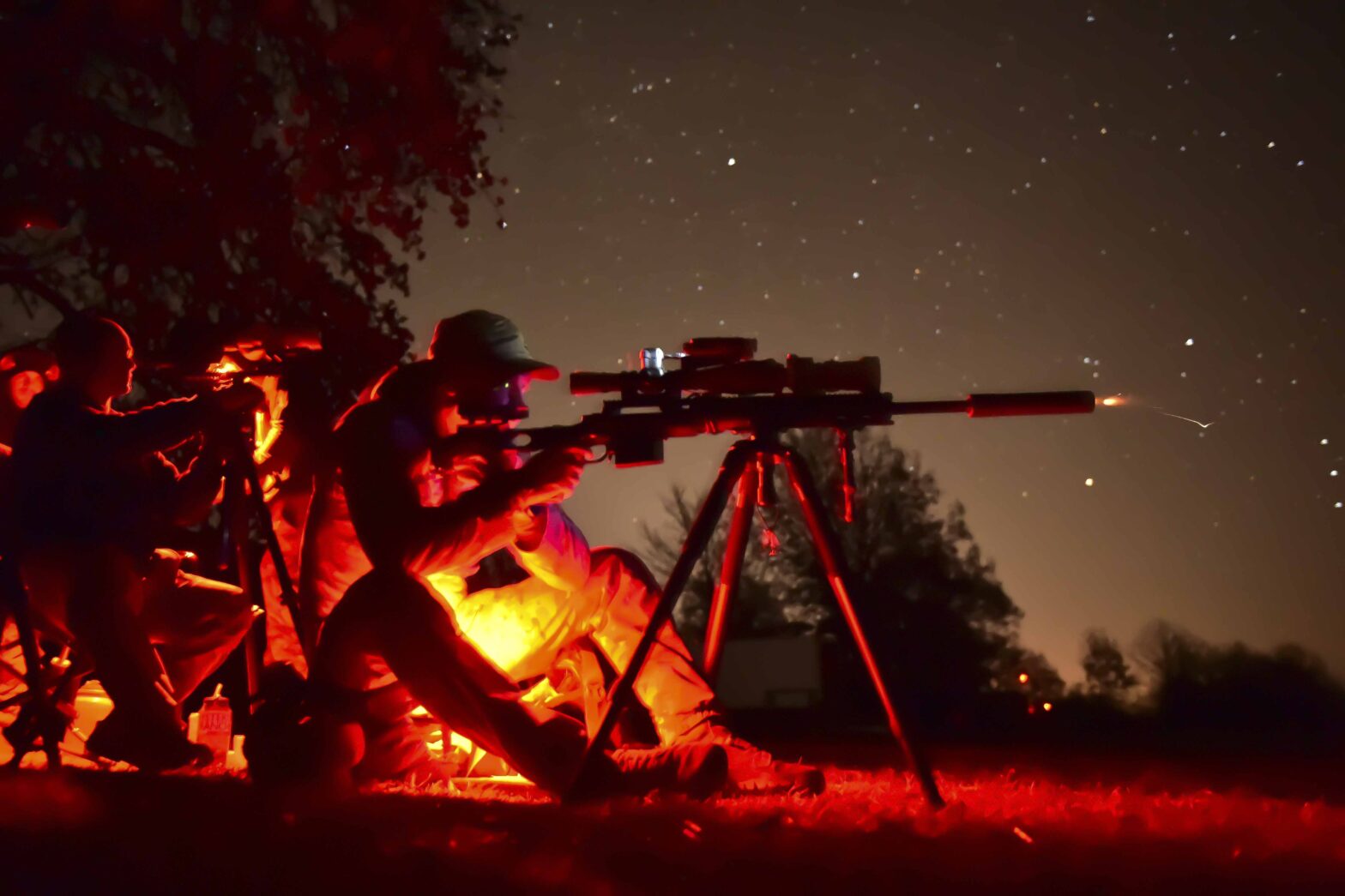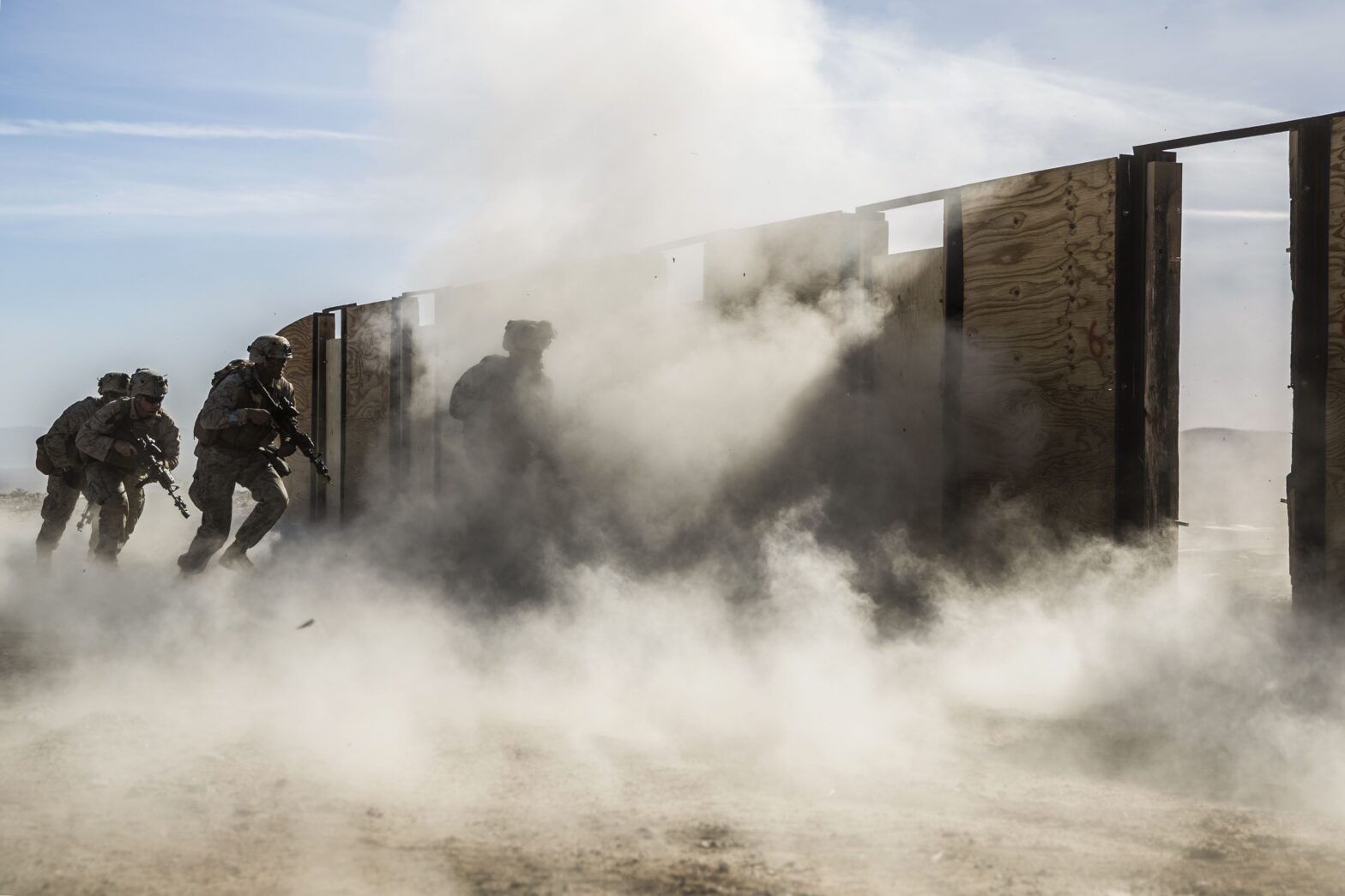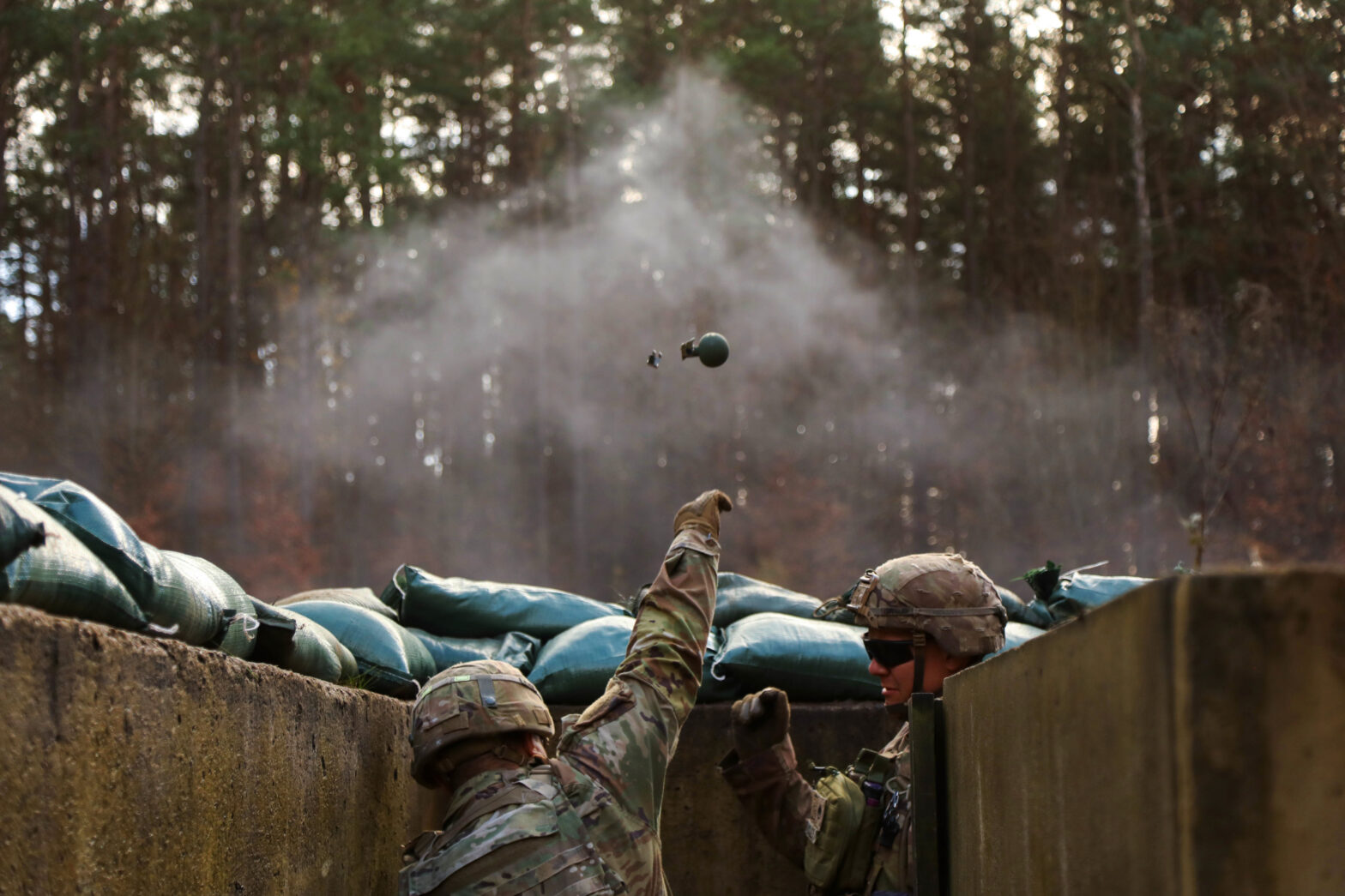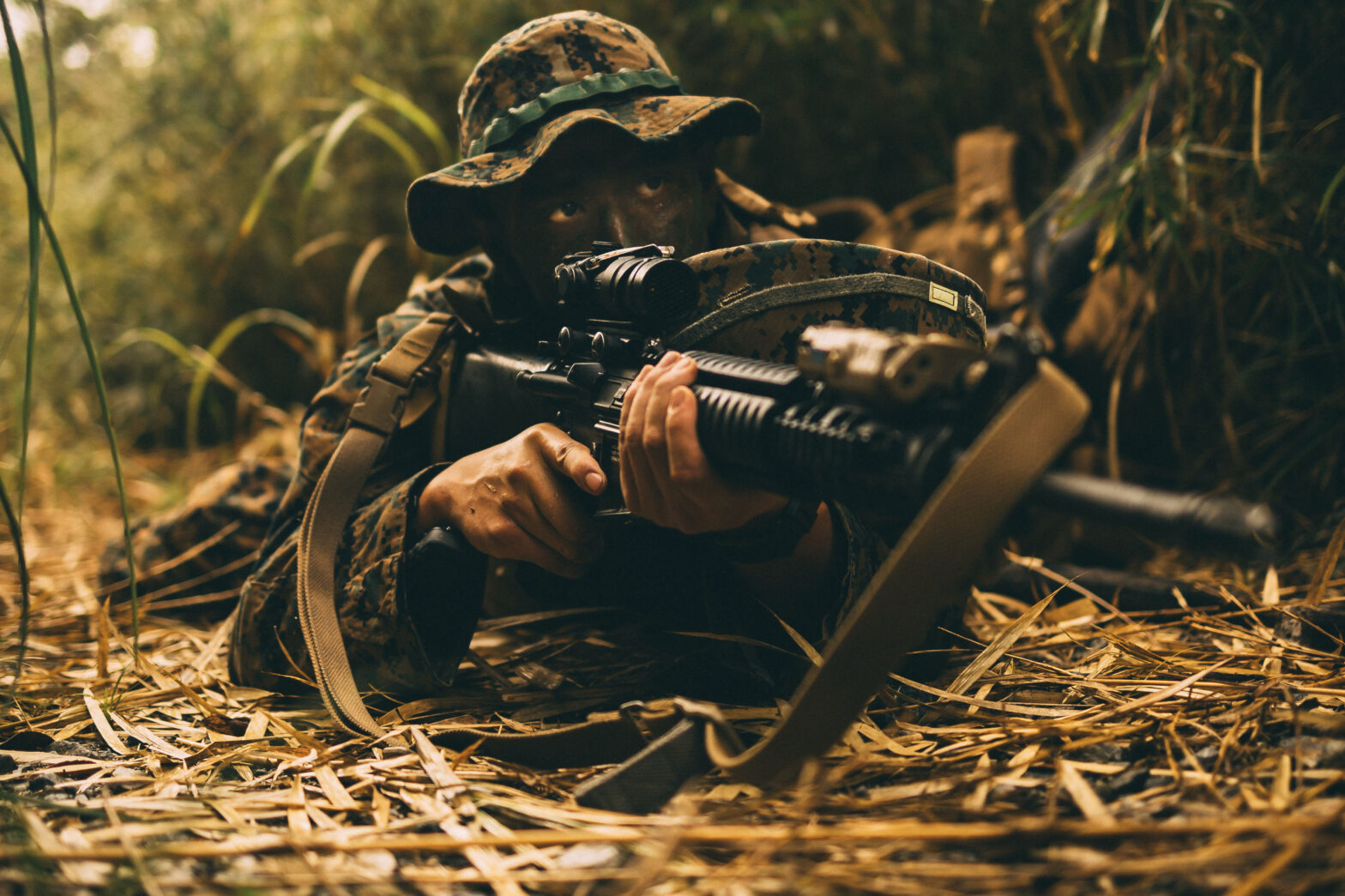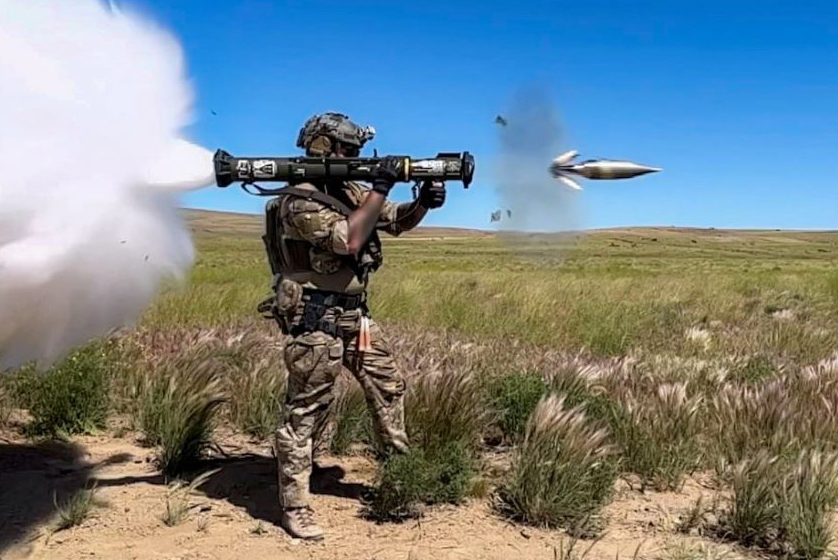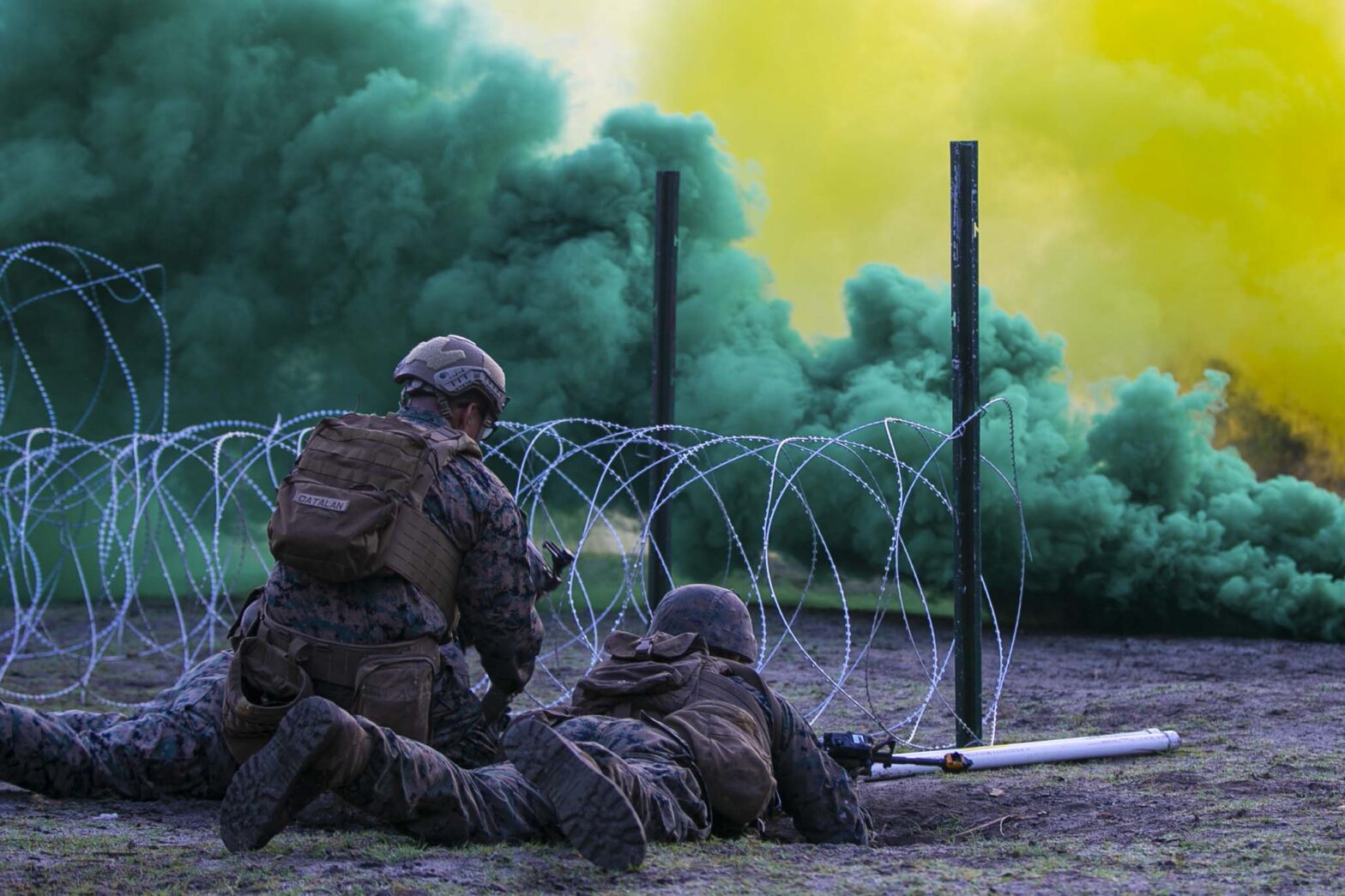One strategy researchers are using to identify subtle impacts of subconcussions is to look at changes in brain functional connectivity. Essentially this is looking at changes in which the brain is communicating. A study done on Canadian Special Operations Forces (CANSOF) included breachers and snipers who had an average of around 10 years of exposure… Continue reading Subconcussions and Changes in Brain Communication
Tag: Subconcussion
Subconcussions and Sensory Reweighting
Repeated exposures to subconcussive impacts have been shown to reweight sensory processing to increase dependence on the visual system for postural control. [1-2] Increased visual dependence for postural control is significant, particularly in tactical athletes as they often must perform in highly visually demanding and no/low vision environments. This visual dependence for postural control typically… Continue reading Subconcussions and Sensory Reweighting
Readiness and Lethality
A study done on operators in elite Military units who had served between 10-15 years and had repeated exposures to low-level blasts (LLB) showed impaired speed and accuracy with divided focus and target following eye movements compared to controls without repeated LLB exposures. [1] These elite operators showed impaired speed and accuracy with divided focus… Continue reading Readiness and Lethality
Testosterone, Subconcussions, and Vestibular Function
Decreased testosterone levels are common after brain trauma. One study found testosterone suppression in 100% of men within 10 days after a mild traumatic brain injury. [1] “…administration of testosterone following injury to cranial neurons has been shown to upregulate the expression of neuroprotective genes…” [2] In other words, testosterone can help with brain health.… Continue reading Testosterone, Subconcussions, and Vestibular Function
How I Train Target Following
Target following utilizes your smooth pursuit eye movements. To successfully target follow, information from your visual system must be processed by your brain. Special operators who are exposed to repeated low level blasts showed decreased accuracy and speed with target following and divided focus. [1] This shows the susceptibility of this important situational awareness capability… Continue reading How I Train Target Following
New Research: A Distinct Metabolite Signature in Military Personnel Exposed to Repetitive Low-Level Blasts
This is a recent study published by Miller et al., 2022. Here is a summary of the study, findings, and conclusions. Reference: Miller, M. R., DiBattista, A., Patel, M. A., Daley, M., Tenn, C., Nakashima, A., … & Fraser, D. D. (2022). A Distinct Metabolite Signature in Military Personnel Exposed to Repetitive Low-Level Blasts. Frontiers in… Continue reading New Research: A Distinct Metabolite Signature in Military Personnel Exposed to Repetitive Low-Level Blasts
The Dichotomy of Readiness
There is a dichotomy to maintaining readiness of force. Individuals must be exposed to subconcussive forces during training to maintain readiness, but those forces can chip away at performance. Particularly performance of the sensory systems for situational awareness. Strategy: Finally, we must incorporate training of the sensory systems for situational awareness in a proactive, performance-based… Continue reading The Dichotomy of Readiness
Target Vulnerabilities
We know subconcussions can change the way the brain communicates. We also know the specific areas that appear most vulnerable to these exposures – emotion, memory, sleep, sensory systems for situational awareness. [1-3] But the brain remains plastic, meaning roadways aren’t permanent. Even in stroke patients and those with multiple sclerosis, neuroplasticity remains possible. [4-5]… Continue reading Target Vulnerabilities
Maximizing Time Between Subconcussive Exposures
One strategy for decreasing the impacts of subconcussions on performance is to maximize the time between exposures. Subconcussions cause subtle neurotrauma. Maximizing time between exposures gives the brain time to heal and decrease the neuro-inflammation caused by the subconcussive hits. In combat situations this is often uncontrollable but should be optimized in training structure. Leaders… Continue reading Maximizing Time Between Subconcussive Exposures
Visual Motion Sensitivity
Visual motion sensitivity is common post-concussion. [1-2] Visual motion sensitivity is hypersensitivity to visual stimuli. It can trigger headaches, dizziness, and imbalance. It is common for someone post-concussion to be overstimulated by walking through a grocery store or down a crowded hallway. These individuals often need to undergo physical therapy to desensitize them to visual… Continue reading Visual Motion Sensitivity
